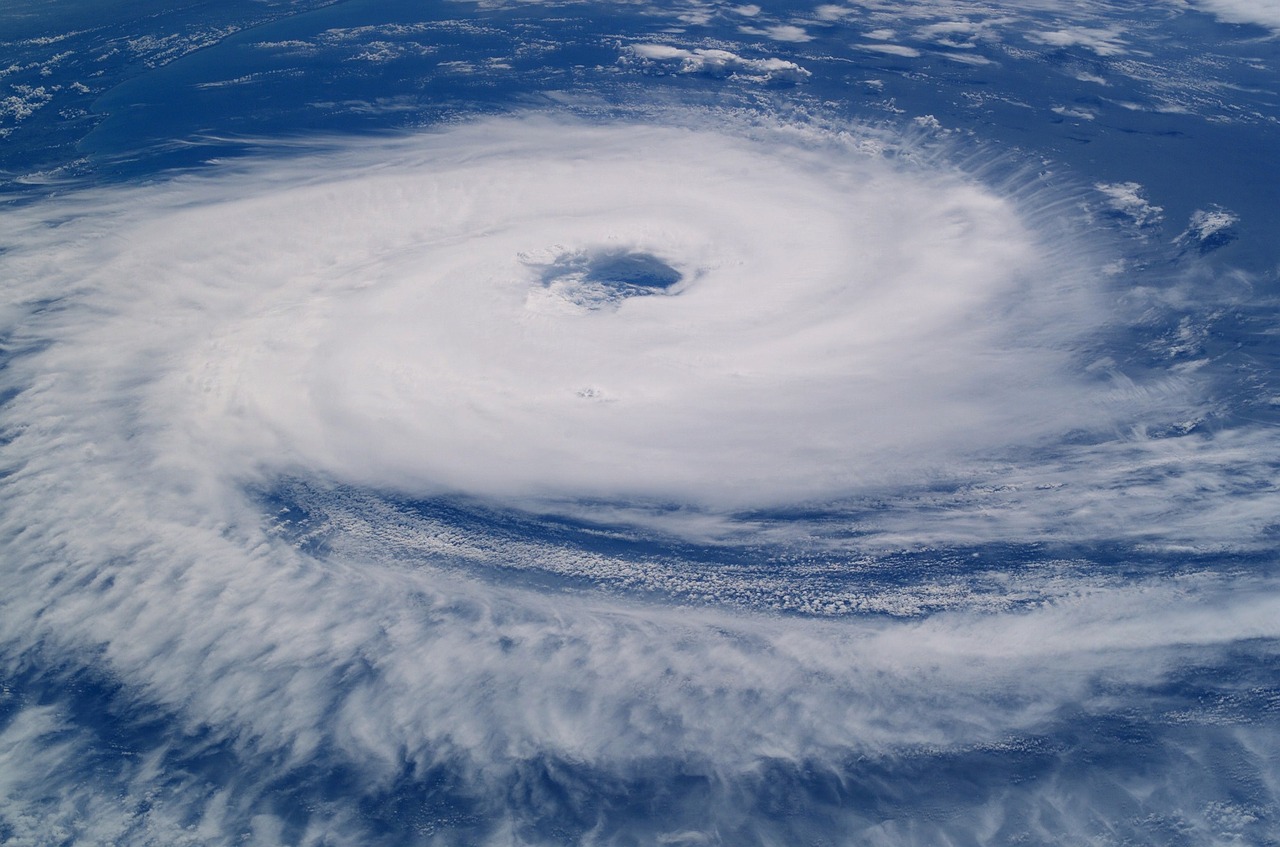For only the second time in recorded history a hurricane has formed in the Atlantic Ocean in the month of January. The Weather Channel indicates that the hurricane, named Alex, is slated to hit the Portuguese Azores, a group of islands approximately 800 miles away from the mainland.
As of January 14, Alex remains a category 1 storm with a well-defined eye. The meteorological service in the Azores issued a hurricane warning for the Faial, Pico, Sao Jorge, Graciosa and Terceira Islands. According to The Weather Channel the amount of rainfall expected could cause flash flooding and mudslides, leading to fatalities.
CNN reported that the strength of the winter hurricane is impressive and surprising. It is surprising because hurricanes typically form over warm tropical waters between hurricane season which runs from June 1st through November 30th. CNN also reported that the waters surrounding the Azores are subtropical with fairly warm temperatures throughout the year. This could potentially strengthen the storm.
Forbes explained in a report that one of the many unique components to this storm is that it is one of four hurricanes formed before the official hurricane season. Typically, when these storms happen, they happen once every 10 years and in the spring.
2016 marks the earliest start of the hurricane season since 1938.
2016 marks the earliest start of the hurricane season since 1938. According to a separate Weather Channel report, 2015 saw a record breaking 22 hurricanes. These hurricanes were documented as category 4s and 5s. The previous record was for 18 hurricanes and occurred in 2004. As a reference, The Weather Channel article gave an example of the average number of documented hurricanes from 1990 through 2014. The average number of recorded hurricanes throughout these 24 years was 12.5.
Alex began as a low-pressure system which passed by Bermuda on about one week ago causing minimal damage, but some disruption. It then transformed into a subtropical storm and was later classified as a hurricane, according to The Weather Channel. The expected path of the storm is to pass over the Azores and then move north, toward Greenland.
























